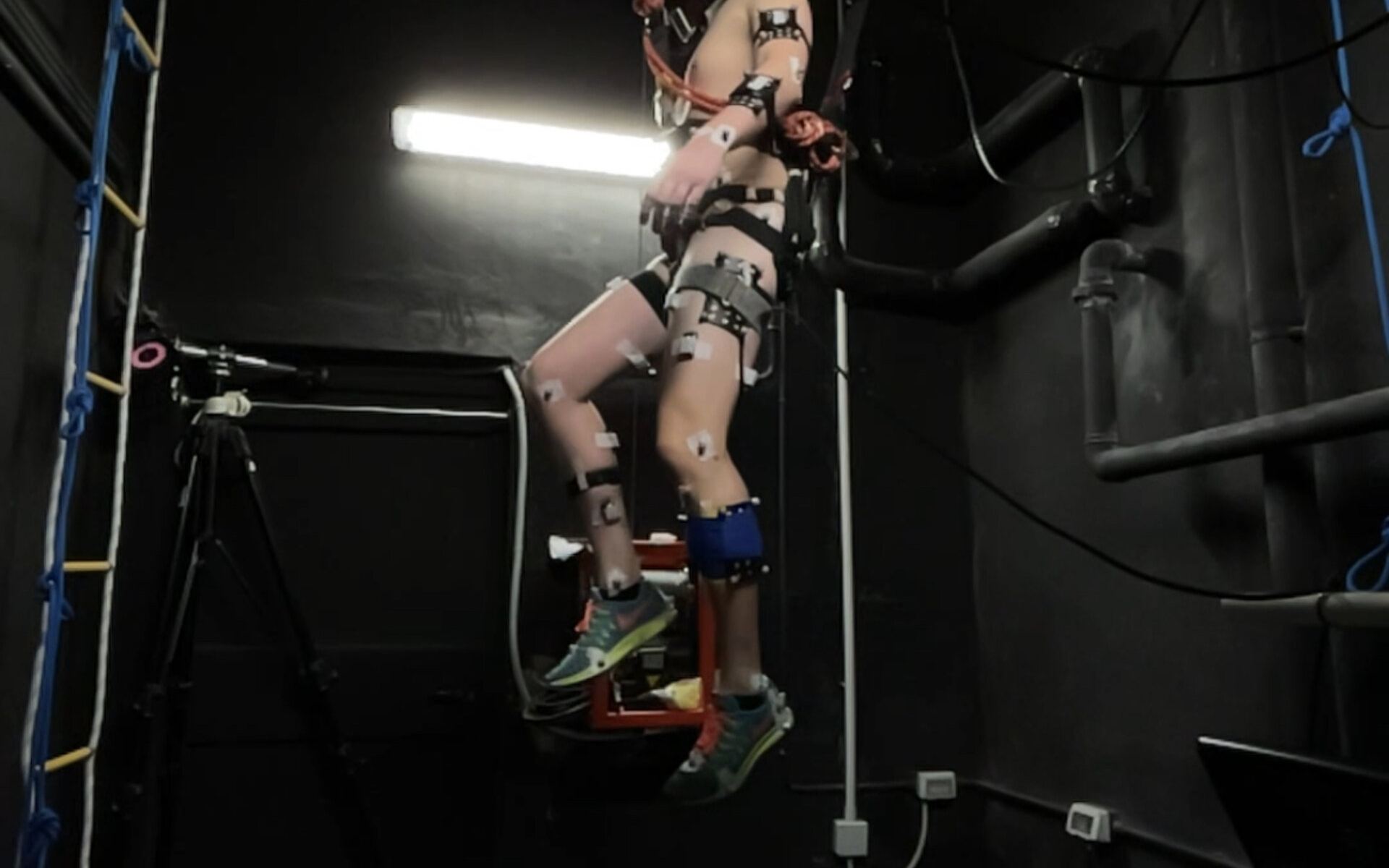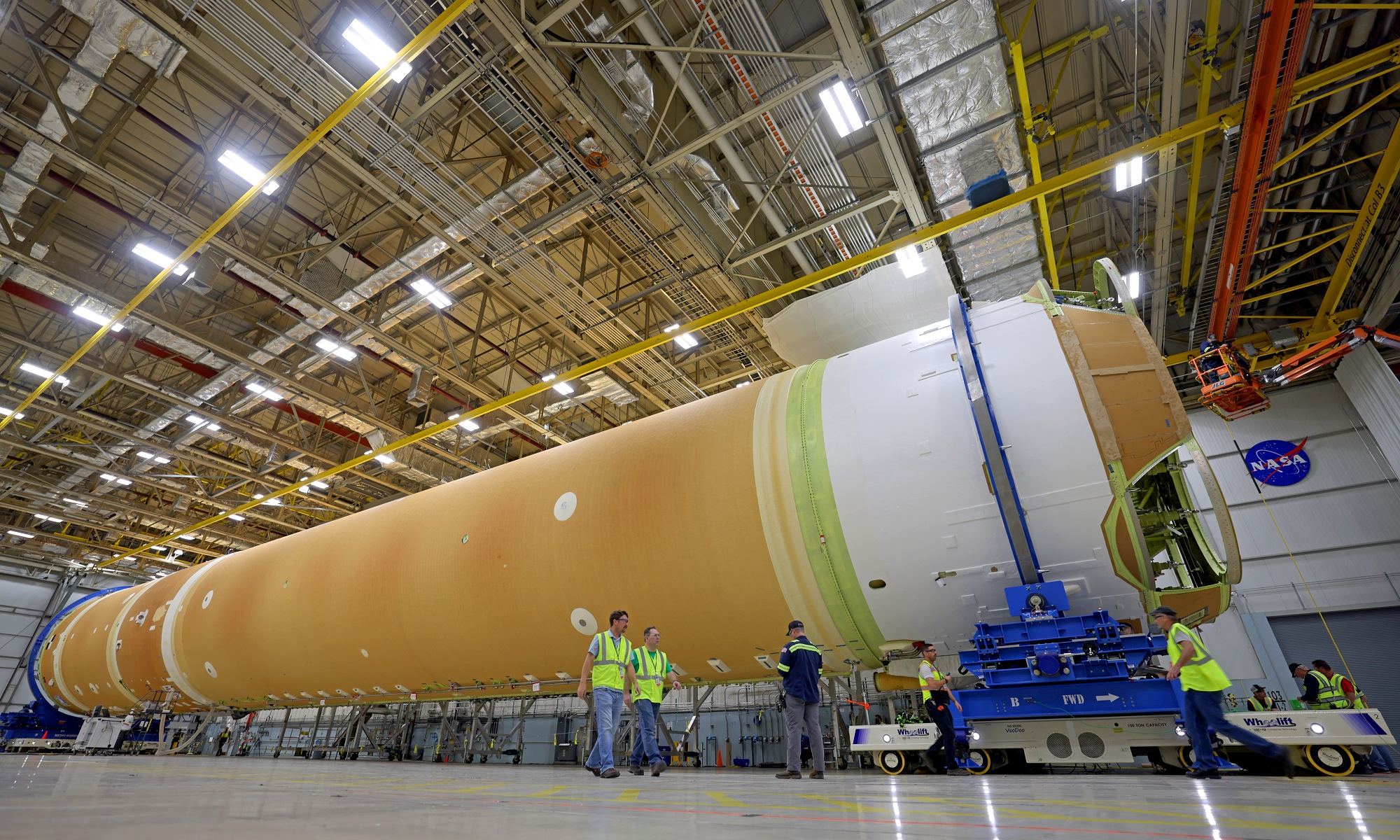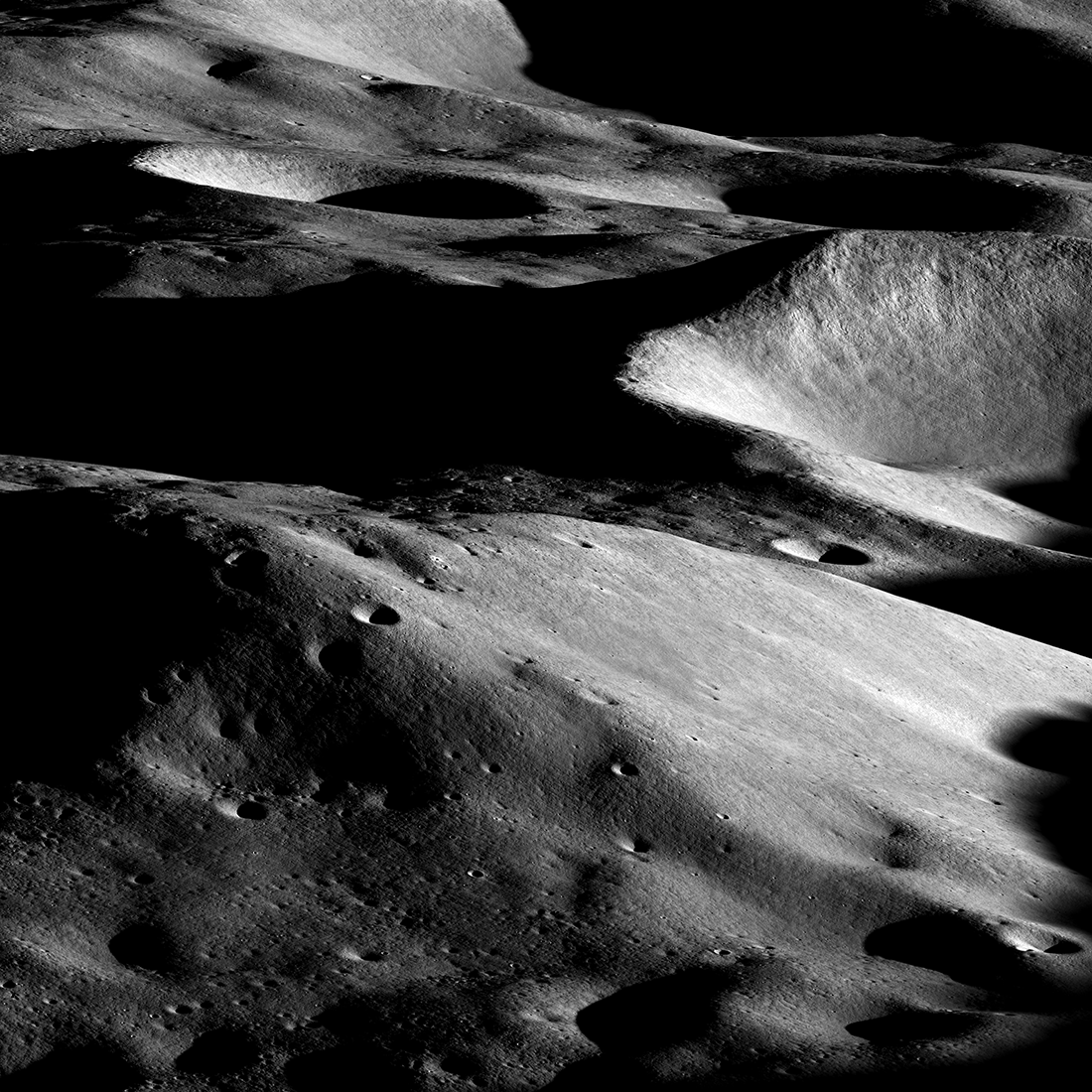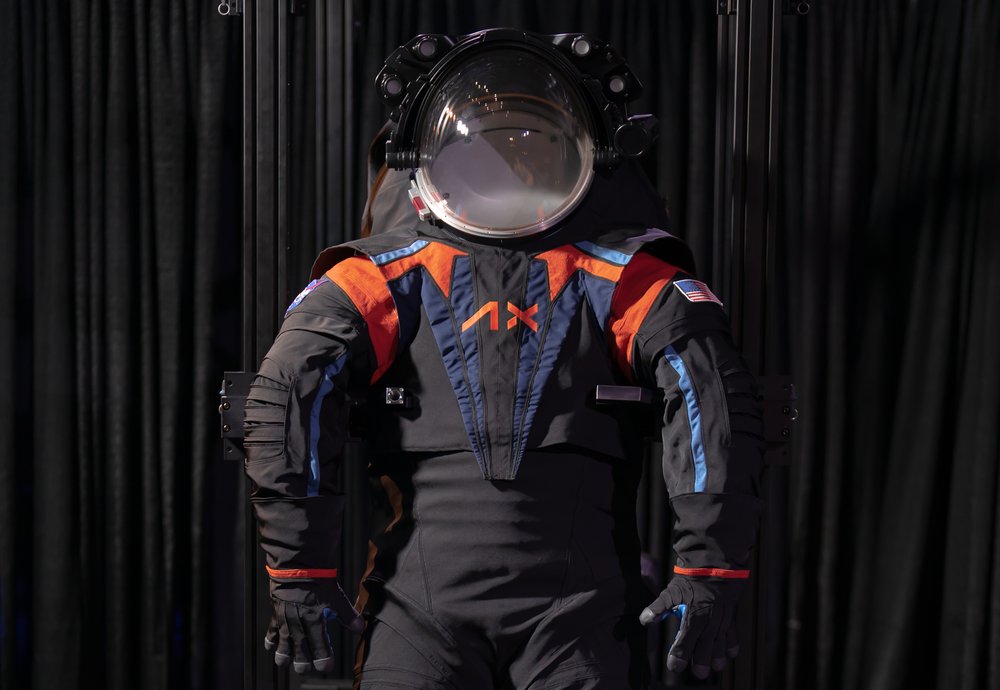NASA recently announced the astronauts that will make up the Artemis II crew. This mission will see the four-person crew conduct a circumlunar flight, similar to what the uncrewed Artemis I mission performed, and return to Earth. This mission will pave the way for the long-awaited return to the Moon in 2025, where four astronauts will fly to the Moon, and two (“the first woman and first person of color“) will land on the surface using the Starship HLS. These missions are part of NASA’s plan to establish a program of “sustained lunar exploration and development.”
As NASA has emphasized for over a decade, the Artemis Program is part of their “Moon to Mars” mission architecture. On Tuesday, April 18th, NASA released the outcomes from its first Architecture Concept Review (ARC 2022), a robust analysis designed to align with its overall mission strategy and define the supporting architecture. This included an Architecture Document and an executive summary that provide a detailed picture of the mission architecture and design process, plus six supporting white papers that addressed some of the biggest questions regarding exploration and architecture.
Continue reading “NASA is Sending Humans Back to the Moon, But it Won't Stop There. Next Comes Mars”








